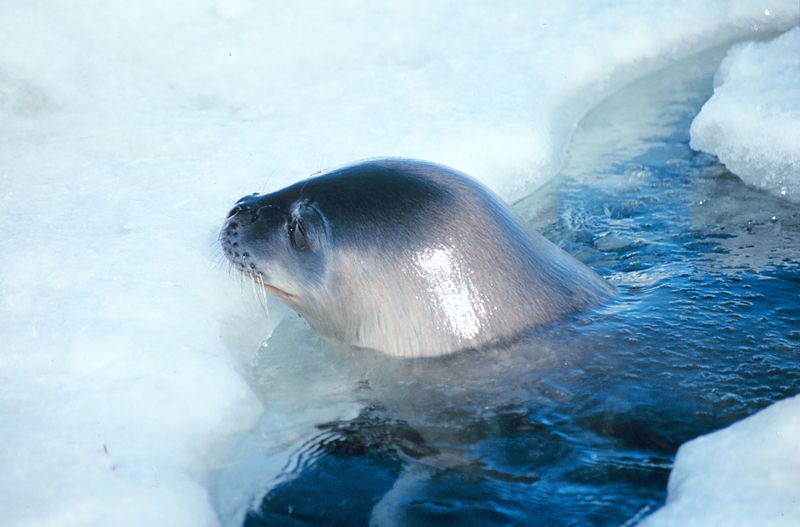Pure water freezes at 32°F (0°C), but adding salt lowers the freezing point of pure water. This is why salt is sometimes used to keep ice from forming on sidewalks. When water freezes, it forms crystal-like structures. When salt water freezes, only the water forms these structures; the salt is left out in unfrozen water. So as salt water freezes, the water that is not frozen becomes saltier.
After 24 hours in your freezer, the cup containing fresh water should be frozen solid (if it isn’t, your freezer isn’t working!). The salt solution probably contains some ice, but it is not frozen solid. It may appear slushy, and you should have no trouble sticking your finger through whatever ice is in the cup.
Salt water is more dense than freshwater, so freshwater floats on top of salt water. The greater density of salt water also means that objects float more easily in salt water than in freshwater. Remember Archimedes’ Principle, which says that an object in a fluid is buoyed up by a force equal to the WEIGHT of the fluid displaced by the object (Boat Building Challenge Activity Boat Building Challenge - Discover Your World) One cup of salt water weighs more than one cup of fresh water, so its buoyant force is greater. So your egg (if it was fresh) sank in freshwater, but was buoyed up by the salt water.
 An official website of the United States government.
An official website of the United States government.

